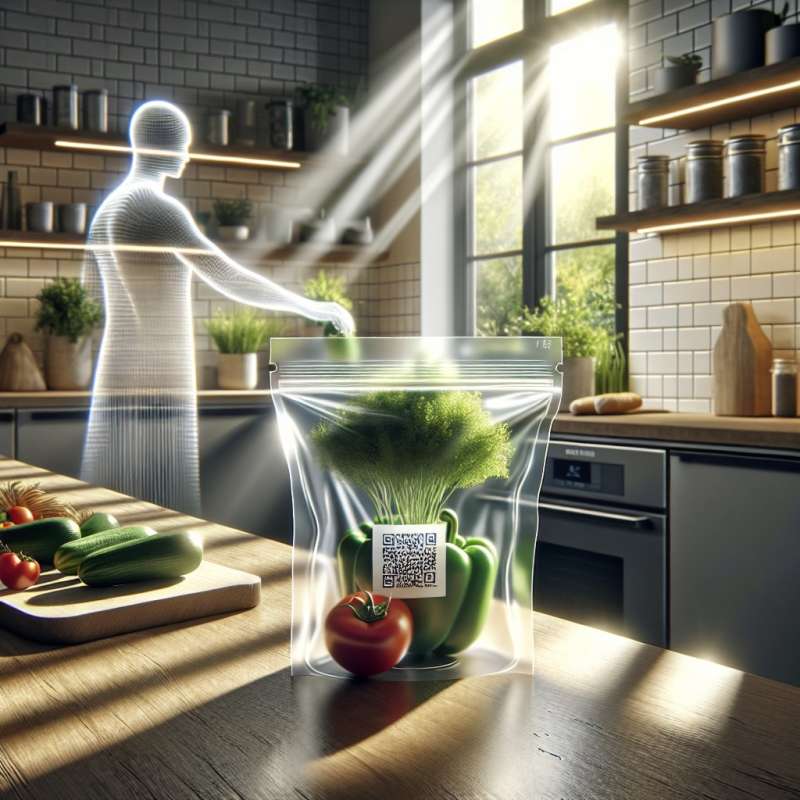
Introduction to Food Packaging
Food packaging has evolved significantly. Initially meant to protect and preserve, it now also focuses on sustainability, innovation, and consumer engagement.
Edible Packaging Materials
Edible packaging, made from natural materials like seaweed, is gaining traction. Not only does it reduce waste, but it can also add nutritional value to the food it wraps.
Smart Packaging Technology
Smart packaging incorporates technology to extend shelf life. With embedded sensors, consumers can track freshness and provenance, ensuring food safety and reducing waste.
Active Packaging Solutions
Active packaging interacts with food to preserve its quality. It can release or absorb substances like oxygen, ethylene, or moisture, significantly extending a product's lifetime.
Self-Heating and Cooling Cans
Self-heating and cooling cans allow for temperature regulation at the push of a button. Using exothermic or endothermic reactions, they make on-the-go consumption more convenient.
Biodegradable Packaging Innovations
New biodegradable materials, such as mycelium (mushroom roots), offer environmentally friendly alternatives to traditional plastics. They decompose quickly, reducing long-term waste.
Packaging for Consumer Engagement
QR codes and augmented reality on packaging can provide customers with interactive experiences, nutritional information, and brand stories, enhancing consumer engagement and loyalty.Revolutionary Pizza Box
A pizza box was designed that turns into a table, making pizza delivery more eco-friendly and convenient!
Primary goal of initial food packaging?
Consumer engagement enhancement
Protection and preservation focus
Nutritional value addition
Company